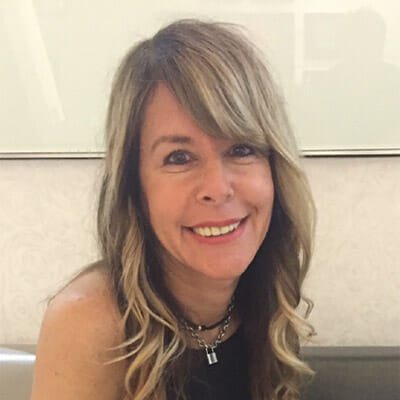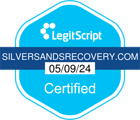Most people seeking help from our Arizona addiction treatment center come in with plenty of preconceived notions of addiction and how it should be addressed. People with addictions may feel like failures because they could not exert enough willpower to quit; meanwhile, loved ones watching from the outside see weakness and poor choices rather than the Herculean effort put forth by those attempting to quit. Let’s take a moment to dispel these misconceptions and clear the way for patients and family members to work together toward a positive, healing mentality.
Addiction Isn’t A Choice.
To family members and friends of people suffering from an addiction, the solution can seem so simple. If your loved one stopped using drugs or alcohol, their lives would improve dramatically, and they could rebuild their relationships.
In reality, however, this black or white outlook ignores the myriad of influencing factors and fails to recognize the causes that may have led to the addiction in the first place.
When you understand the physical and psychological harm that comes from substance abuse, it becomes tougher to believe that anyone would choose these things consciously when the alternative – not using substances – seems like the obvious choice. You must look deeper to truly understand.
Many people turn to substance use to handle trauma, stress, abuse, or mental illness. Others start using recreationally and end up losing control before they realize there is a problem. While every person’s contributing factors are different, one common thread links all substance users together and makes breaking the cycle feel nearly impossible: the effect of drugs on the brain.
Drugs Alter Brain Chemistry
Over time, the brain comes to rely on the drug to maintain normal functioning. Not only does this perpetually altered state diminish a person’s ability to use healthy coping mechanisms and see situations clearly, but it also increases cravings and withdrawal symptoms to the point where simply “quitting” is not an option. In some cases, quitting cold turkey could lead to life-threatening withdrawal situations.
The issue becomes even more complicated if co-morbid conditions are involved. Prolonged substance use can change brain chemistry enough to create a new mental illness or exacerbate an existing mental illness. If a person uses drugs to cope with trauma or mental illness, these conditions will remain after stopping use. Without treating such underlying conditions, the individual may find themselves seeking to use substances again. In such cases, relapse is likely.
How an Arizona Addiction Treatment Program Can Help
Asking your loved one to “just stop using drugs” is like asking them to heal their emotional trauma, recover from mental illness, combat withdrawal symptoms, and normalize their brain chemistry all at once, after removing their only existing coping mechanism. The situation sounds grim, but thankfully it doesn’t have to be.
Working with an Arizona addiction treatment center is vital to treating substance use disorder for what it is – a disease that changes the brain. Treatment center staff know what their patients go through and how to best help them reach sobriety.
About Our Arizona Addiction Treatment Center in Prescott
Recovery is not a switch someone simply flips. It is a journey that lasts years, if not a lifetime. Some lucky few manage it independently, but rehab can make all the difference for the rest. With proper support and treatment, your loved one will get the boost they need to start recovery.
Our experienced, compassionate staff at Silver Sands Recovery will guide and support you through recovery. We have several methods to call upon, including individual and family therapy, 12-step groups, dual diagnosis, and holistic treatment.
Want to learn more about addiction and rehab? Contact us online and let us answer your questions today.
About the author:

Lisa Waknin is the Founder and Director of Silver Sands Recovery, located in Prescott, Arizona. Lisa started Silver Sands Recovery after immersing herself in the addiction treatment world for several years to figure out what could be done differently to help her daughter and others like her to overcome addiction and stay sober. She believes in a hands-on treatment approach, which includes taking someone out of their environment, providing a 90-day program in a structured environment. During treatment, clients not only recover physically but also learn to live their life again. Lisa is a sought-after expert speaker for recovery support groups, charities, schools, communities, and companies wanting to educate themselves on the explosion of opiate and heroin abuse in our country and the best way to understand, treat, and beat it.





